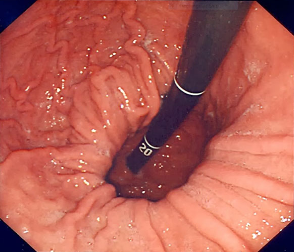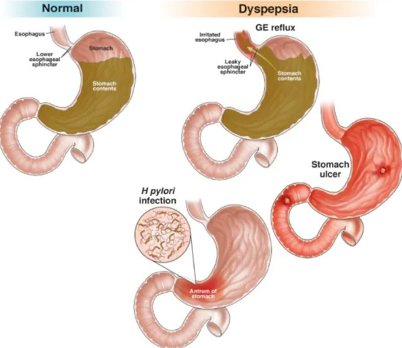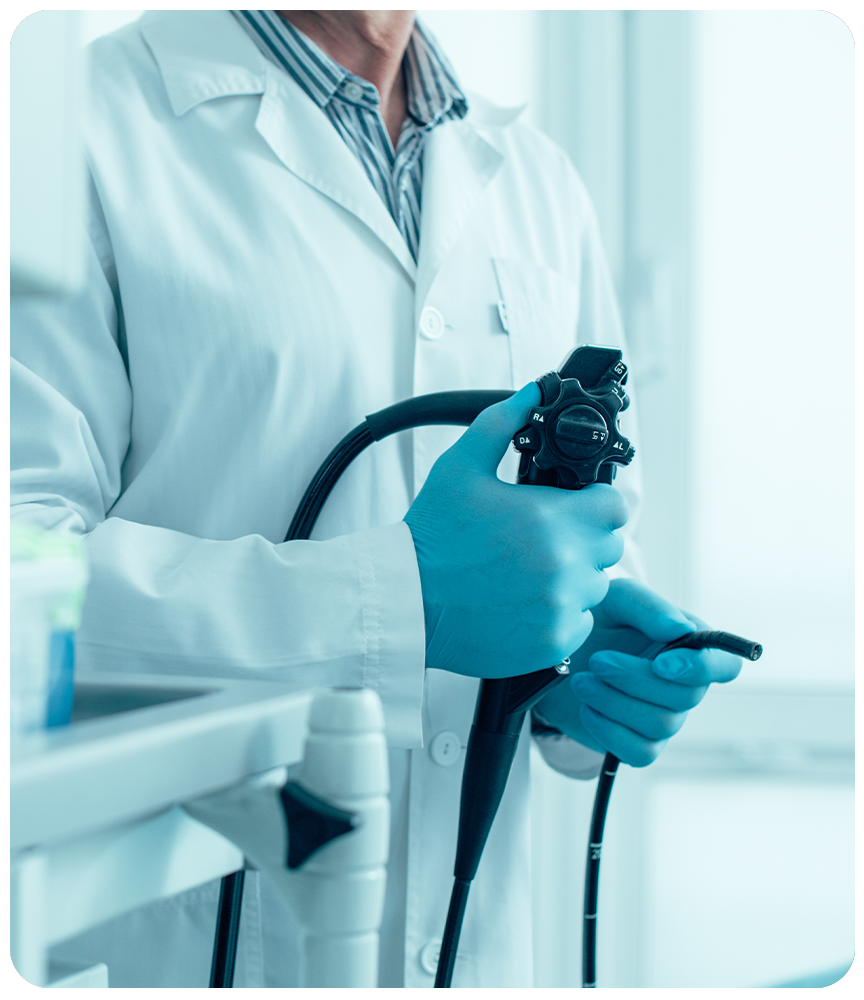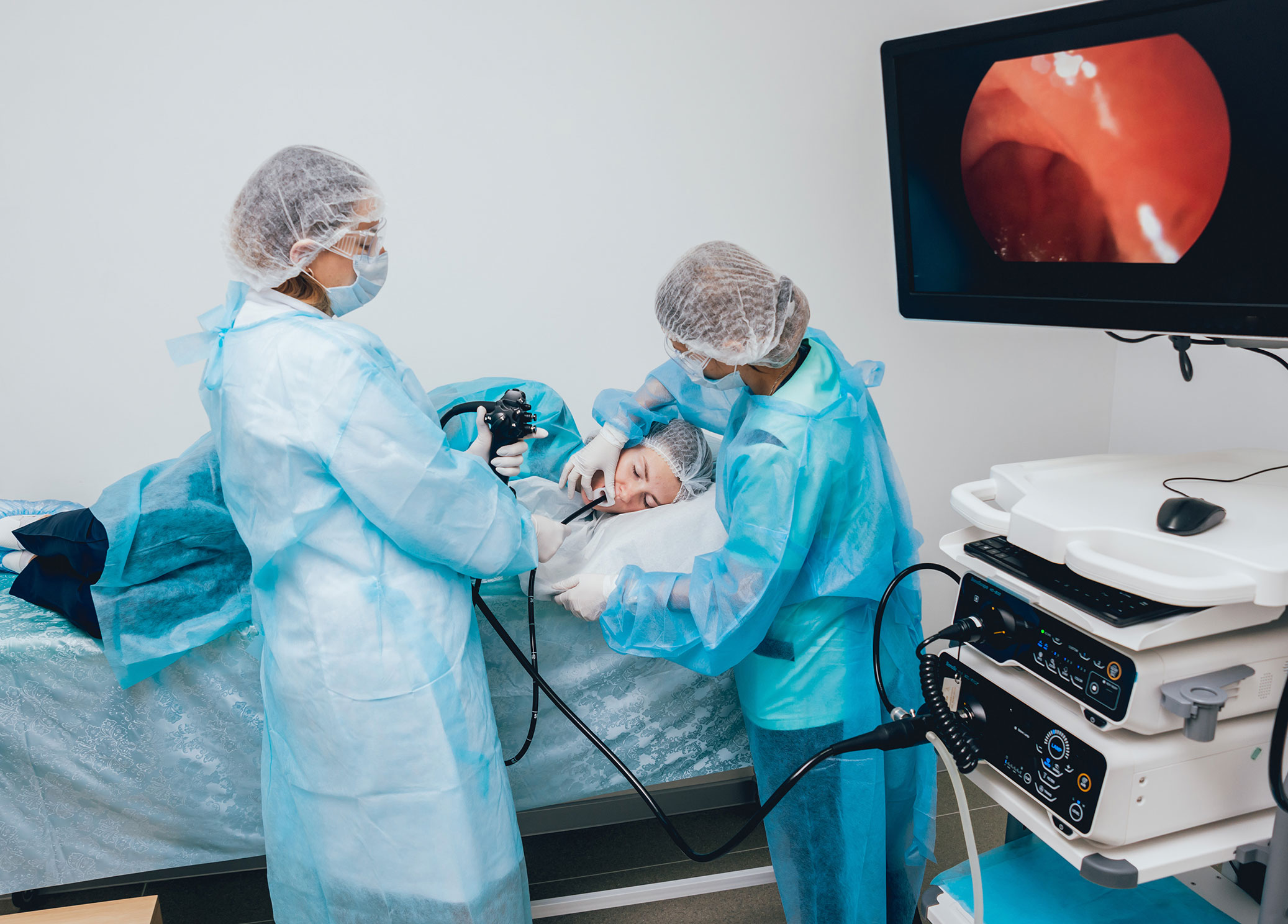What are
the indications of gastroscopy?
A gastroscopy may be performed for diagnostic or therapeutic reasons. It can be used to determine the cause for abdominal pain or swallowing abnormalities. It can identify stomach ulcers, polyps, tumours, and conditions such as gastroesophageal reflux disease. Instruments may be used to clear an oesophageal blockage, treat a bleeding ulcer, or remove a tumour.


What happens
before procedure?
Before performing gastroscopy, you will need to:
- You will need to see your family doctor and get a referral letter
- Discuss your current medications with your doctor
- Abstain from any food or liquid intake 6 hours prior to the test

What happens during procedure?
Gastroscopy is performed as an outpatient procedure. A sedative may be administered to keep you comfortable. Your throat is first numbed with an anaesthetic spray. The endoscope is then introduced through your mouth, and you are asked to swallow the tip of the tube. The tube is then slowly guided down your oesophagus, through your stomach into the duodenum (first part of your intestine). Your doctor carefully evaluates these structures as the scope passes through and if possible, treatment is performed through the scope. The entire procedure takes about 15 minutes or longer if a corrective procedure is being performed.
What happens after the procedure?
You will be observed until you recover from sedation and may be given something to drink an hour later. Your diet should be slowly advanced as tolerated.
Once you are fully awake and alert, our Surgeon Dr. John Li will speak to you in discharge lounge prior to being discharged and explain about the gastroscopy findings and discuss follow-up arrangements as well timing for next procedure if required. You are also given a handwritten report and photos to take home for your personal records and a formal typed report is sent to your referring doctor later. You can usually leave about 4 hours after the procedure.
It is important to have someone drive you home due to the sedation. You may feel a sore throat after the procedure which will improve after 48 hours.
General Surgery | $ |
First Consultation | $250 |
Additional Consultations | $110 |
Curette and Cautery of a Skin Cancer | $250 |
Removal of a skin lesion by shave excision or diathermy | $110 |
Intralesional Corticosteroid Injection | $100 |
Gallbladder | $500 Known gap |
Hernia | $500 Known gap |
Anti-Reflux Surgery/ Hiatus Hernia Repair | $500 Known gap |
Endoscopic Pilonidal Sinus Surgery | $300 gap/ If uninsured, a surgical fee of $ 850 is payable. |
Gastroscopy | No gap |
Colonoscopy | No gap |
Emergency Surgery After Hours | $500 Known gap |
Cancellation Fee Within 24 Hours | $100 |



